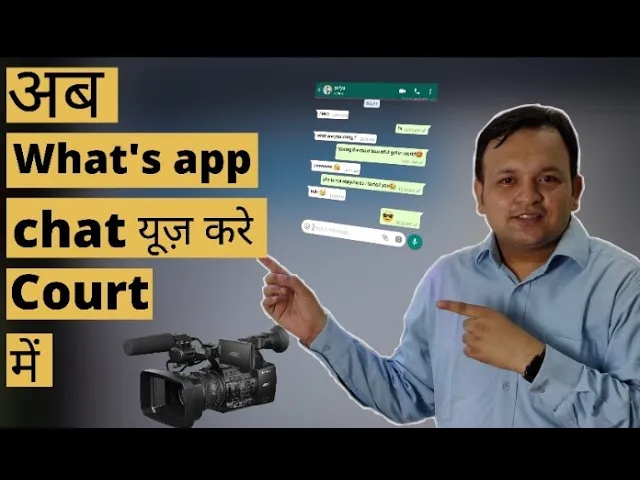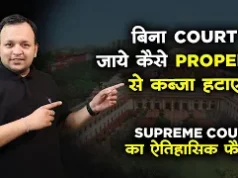Have you ever taken screenshots of your conversation on any messaging app while dealing with any important matter? For example, screenshots of someone sending you threatening messages on WhatsApp or someone posting defamatory posts on a social networking site? How can you deal with such situations? Is it possible to hold the person responsible for causing such a nuisance to you? This blog will answer your questions.
With time new era has emerged. In this era, most of the work is done online internet with the help of electronic devices. Therefore, it is evitable to yourself completely protected on the internet. The Internet is being used for good and progressive things but there are people who find loopholes and misuse the internet. Internet fraud, online defamation, threatening messages, etc are examples of misuse of the internet happening through electronic devices.
Laws have been amended to accommodate such situations. Screenshots or any other electronic proof of such actions can now be used as electronic evidence in any courtroom.
Types of Evidence
- Primary evidence –
- Section 62 of the Indian evidence act
- Primary evidence means the original document itself. When the original document is produced before the court as evidence, then it is said to be primary evidence.
- Secondary evidence –
- Section 63 of the Indian evidence act.
- Secondary evidence is used when primary evidence is not available. It includes certified copies of primary evidence.
Electronic Evidence
Before, evidence included only oral evidence and documentary evidence. Later documentary evidence also included electronic evidence after amendment in section 3 of the Indian Evidence Act,1872. Electronic evidence includes any electronically or digitally stored information. Email, WhatsApp, Instagram messages, call recordings, video recordings, and screenshots are examples of electronic evidence.
Electronic evidence comes under secondary evidence. Under the Indian Evidence Act, 1872, secondary evidence is dealt with in Section 65 of the Act. Section 65A and 65B of the Indian Evidence Act were added by the Information Technology Act, 2000.
How Can You Use Electronic Evidence as Evidence in Court?
Electronic evidence is secondary evidence therefore it is necessary to submit a section 65 B certificate in court. It is a self-declaratory affidavit describing the process of how you acquired the evidence.
For example, if you have submitted the printout of a screenshot of a conversation as evidence then you need to mention the app where this conversation took place, the brand and model of your phone, from where you purchased it, and all other necessary details describing your process of procuring the evidence.
Is it mandatory to submit a section 65 B certificate?
Previously, there was no clear answer regarding the importance of the section 65 B certificate. But a landmark judgment by the supreme court in the year 2020, clarified that section 65 B certificate is mandatory to make your electronic evidence admissible in court. Without the certificate, the evidence won’t be admissible in court.
What to do with the primary evidence?
The opposite counsel may arise questions regarding the authenticity of the evidence. It may accuse you of tampering with the evidence. So, it is important to keep the original electronic device or the primary evidence from which the secondary evidence was derived safe as it is used to check the hash value.
Hash Value
In case of accusation, the court will send your evidence for checking its authenticity. It checks the hash value of the evidence. The hash value is an alphanumeric string that’s made according to a file’s contents. Every piece of evidence has its own value. Changing the font, adding a comma or any other change in the evidence will change the hash value. If the hash value of the evidence is changed then it means that the evidence has been tampered with.
Conclusion
The law and the courtroom are changing according to the new age of technology. It is impossible to stay stuck on the same laws that were used to govern us in the last century. Law is being amended and so is the judgment of judges. Now, Electronic evidence is also considered evidence in a case. But you must make sure that you submit section 65 B certificate along with the evidence to make the evidence admissible in the courtroom.
Feel free to connect with us, for a better understanding of legal concepts!
If still doubts persist, consult legal experts at












